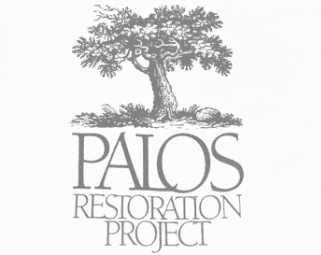We were at the south end of Cranberry, across 107th Street from the Model Airplane Flying Field at Morrill Meadow, clipping and picking weeds. Shortly after we arrived, Doug Bosco noticed the abundance of woodland brome growing nearby. He gathered more seed from those plants, in an hour or so, than half a dozen of us were able to gather at Cap Sauers the preceding week. It was the mother-lode.
This area was brush-mowed by contractors last year. Before their work, sections were all but impassable due to the thickness of the non-native brush. Now many natives are showing up, including bottlebrush grass, wingstem and boneset. The latter two are pollinator magnets. Weeds we removed included teasel and bull thistle (lots of that), and Joe was busy with his backpack sprayer as he so often is.
This illustrates the complementary roles that different players have in restoring an ecosystem. Volunteers don't have the mechanized equipment, or the time and numbers, to clear large areas of brush quickly. Grant writers get the funding, FPCC hires contractors to do that work, and the follow-up then falls to volunteer crews like ours, or to the Conservation Corps.
Interested parties can help us by volunteering with Palos Restoration Project, or by donating to Friends of the Forest Preserves to help fund their crews or the Forest Preserve Foundation, the not-for-profit supporting Forest Preserves of Cook County.

 RSS Feed
RSS Feed